The Hindenburg Wasn't Alone: Here's a Look at 23 Intriguing Airship Adventures
First Atlantic crossing attempt
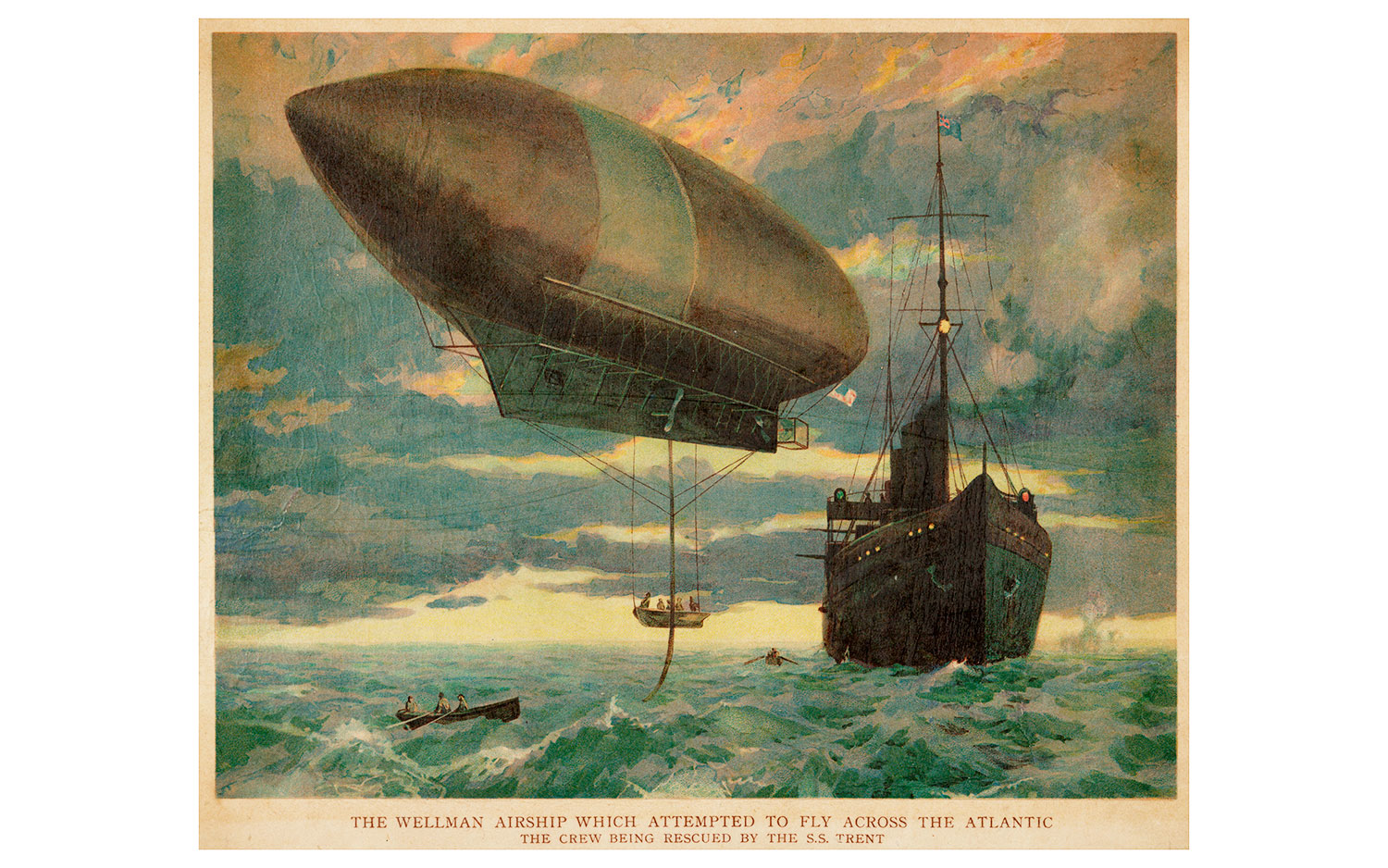
An American airship designed and flown by Walter Wellman and Melvin Vaniman, with a crew of four others, attempted to make the first aerial crossing of the Atlantic Ocean in 1910.
The airship set out from Atlantic City, New Jersey, on Oct. 15, 1910, but the engine failed 38 hours into the flight. The airship drifted for another 33 hours before the crew abandoned it and escaped onto a steamship near Bermuda.
First Atlantic crossing by airship
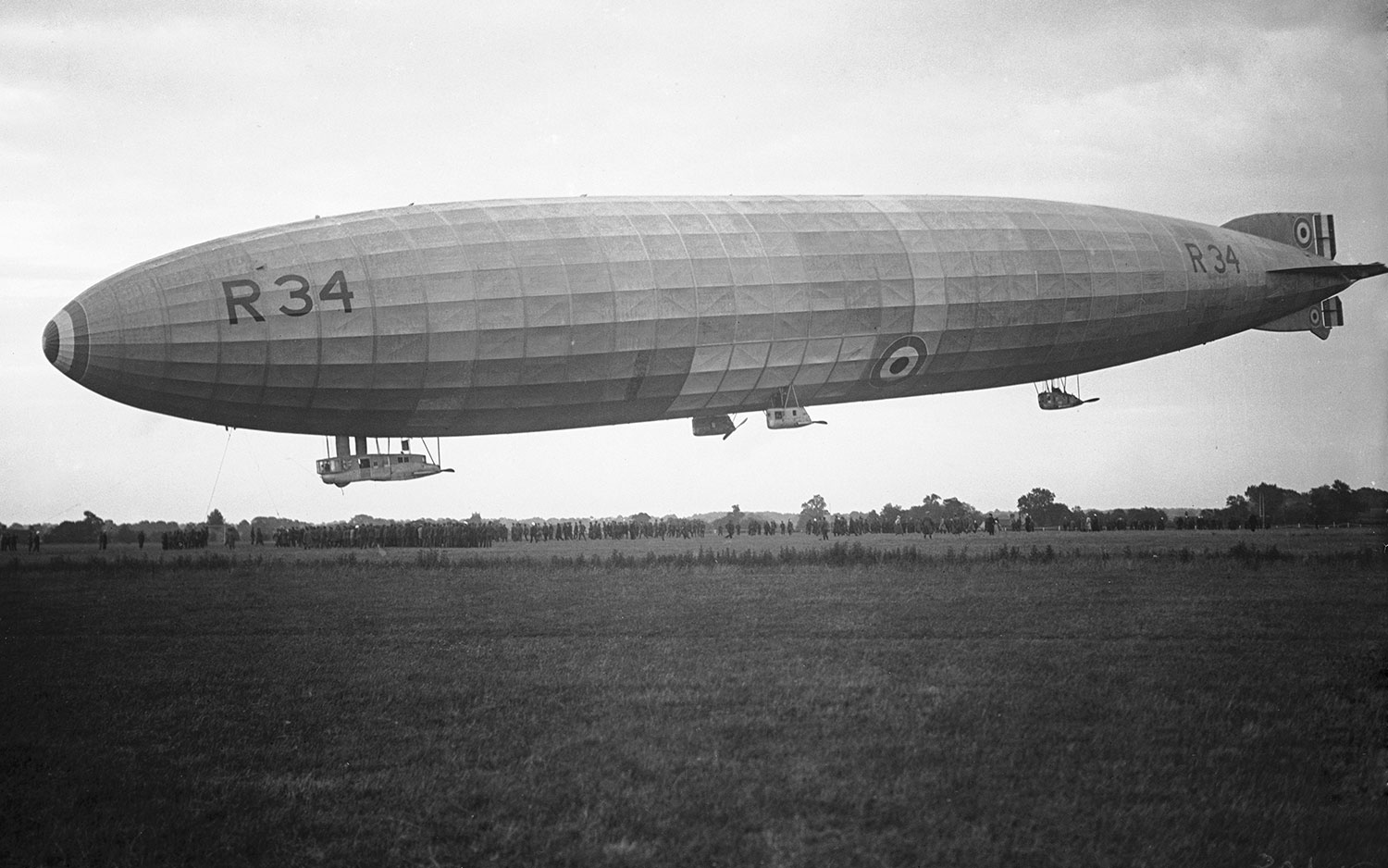
The first successful crossing of the Atlantic Ocean by airship took place in 1919, just a few weeks after the first transatlantic airplane flight by British aviators John Alcock and Arthur Brown.
The British airship R-34 left the United Kingdom on July 2, 1919, and arrived in the U.S. at Mineola, Long Island, New York, on July 6, after flying for 108 hours. A week later, the R-34 flew back to the U.K., completing the first return journey by air across the Atlantic.
Dixmude airship disaster
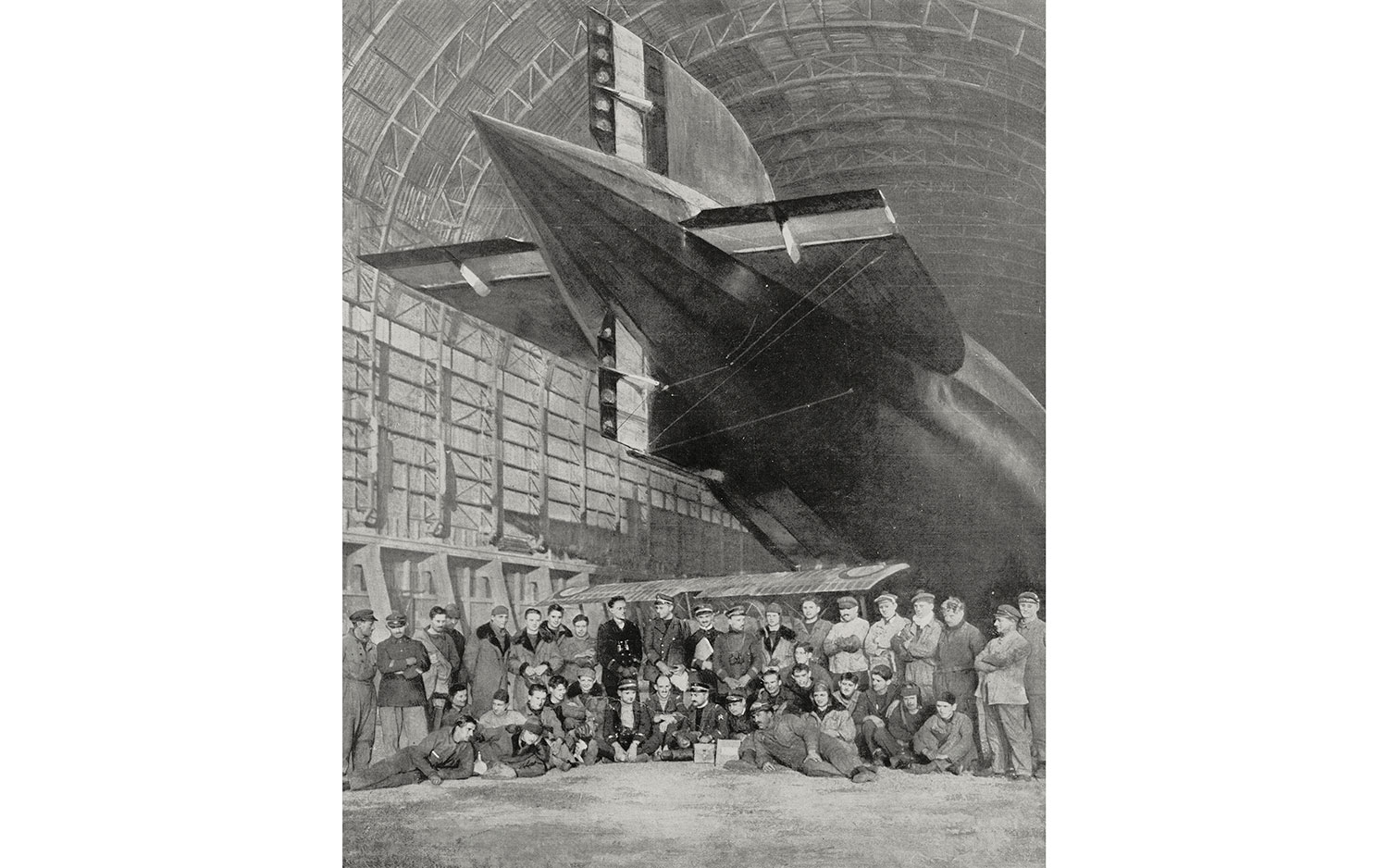
As airships got larger, they proved difficult to handle in strong winds, and their large hydrogen-filled gasbags made them prone to catching fire.
One of the worst airships disasters occurred on Dec. 21, 1923, when the German Navy's airship Dixmude exploded in mid-air off the coast of Sicily, Italy, killing all 52 people on board.
Airships of Empire
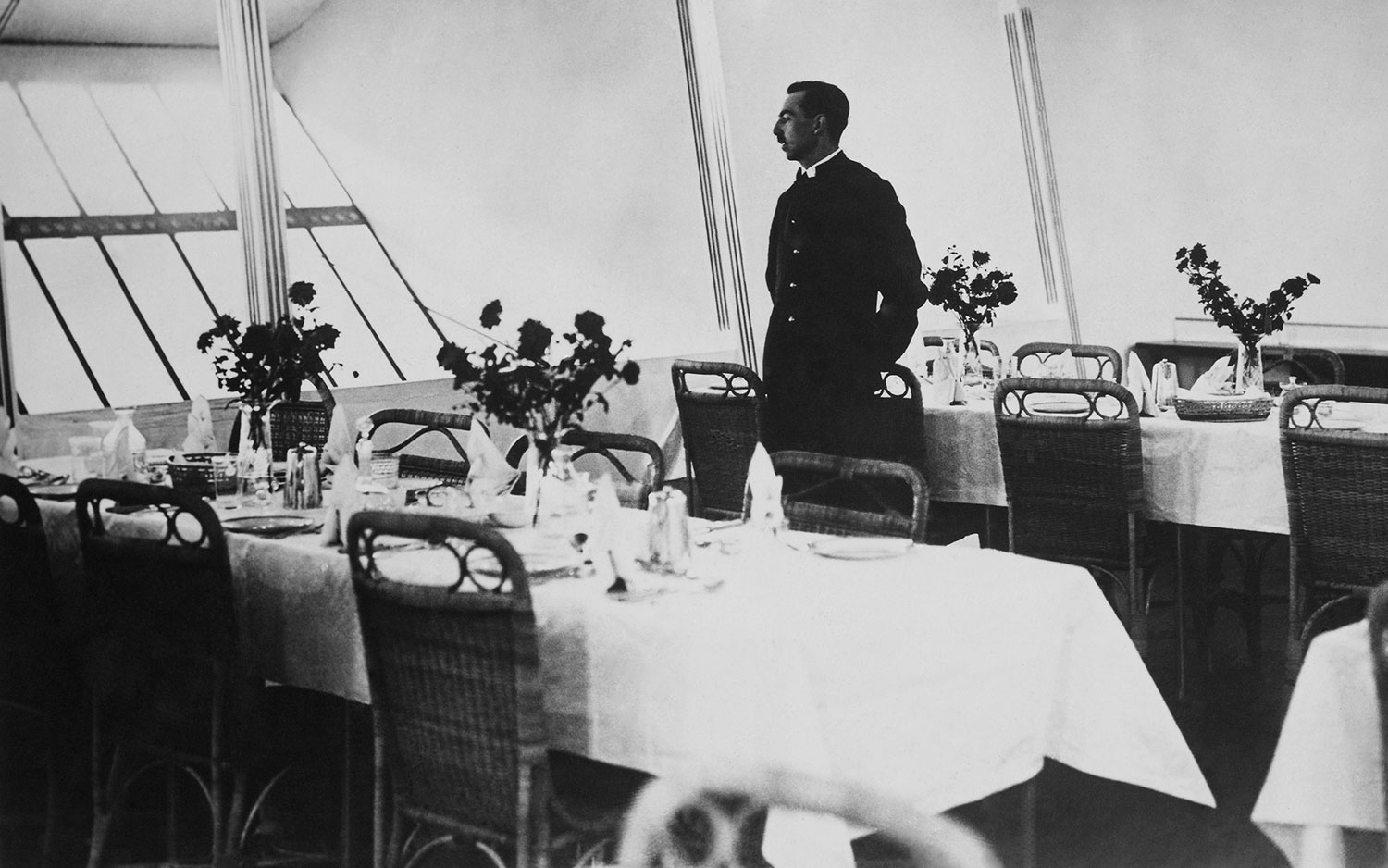
Two British airships, the R-100 and R-101, were designed to fly long-distance air routes within the British Empire. In 1930, the R-100 made a demonstration flight from Bedfordshire in England to Montreal in Canada, covering 3,300 miles (5,300 kilometers) in 78 hours.
Get the world’s most fascinating discoveries delivered straight to your inbox.
Luxury liner

The R-101 was the largest flying craft in the world when it made its first flight in 1929. It also had the most spacious passenger quarters ever provided in an airship, with 50 passenger cabins, two promenade decks and a 5,500 square-foot passenger lounge spread over two decks.
R-101 crash

The R-100 and R-101 were designed to compete with the great ocean liners of the day.
But on Oct. 5, 1930, after setting out on its maiden international voyage to Karachi, now in Pakistan, the R-101 lost altitude, crashed and caught fire in northern France, killing 48 of the 54 people on board.
The disaster spelled the end of the British passenger airship project.
Graf Zeppelin circumnavigation

The giant German airship Graf Zeppelin was designed to be the world's premier transatlantic passenger aircraft when it entered service in 1928.
Over nine years, the Graf Zeppelin made 590 flights and covered more than a million miles — including the first round-the-world flight. The airship set out from the Lakehurst Naval Air Station in New Jersey on Aug. 8, 1929, and stopped in Friedrichshafen in Germany, Tokyo in Japan and Los Angles, before returning to Lakehurst after just over 21 days.
USS Akron and USS Macon

Two American military airships, the USS Akron and Macon, were among the largest flying aircraft ever built, at over 875 feet (239 meters) long.
They were filled with inert helium as a lifting gas, in the hopes of avoiding the destructive fires that had destroyed many hydrogen-filled airships. But the Akron crashed during a storm at sea off the coast of New Jersey on April 4, 1933, killing 73 people on board.
The Hindenburg
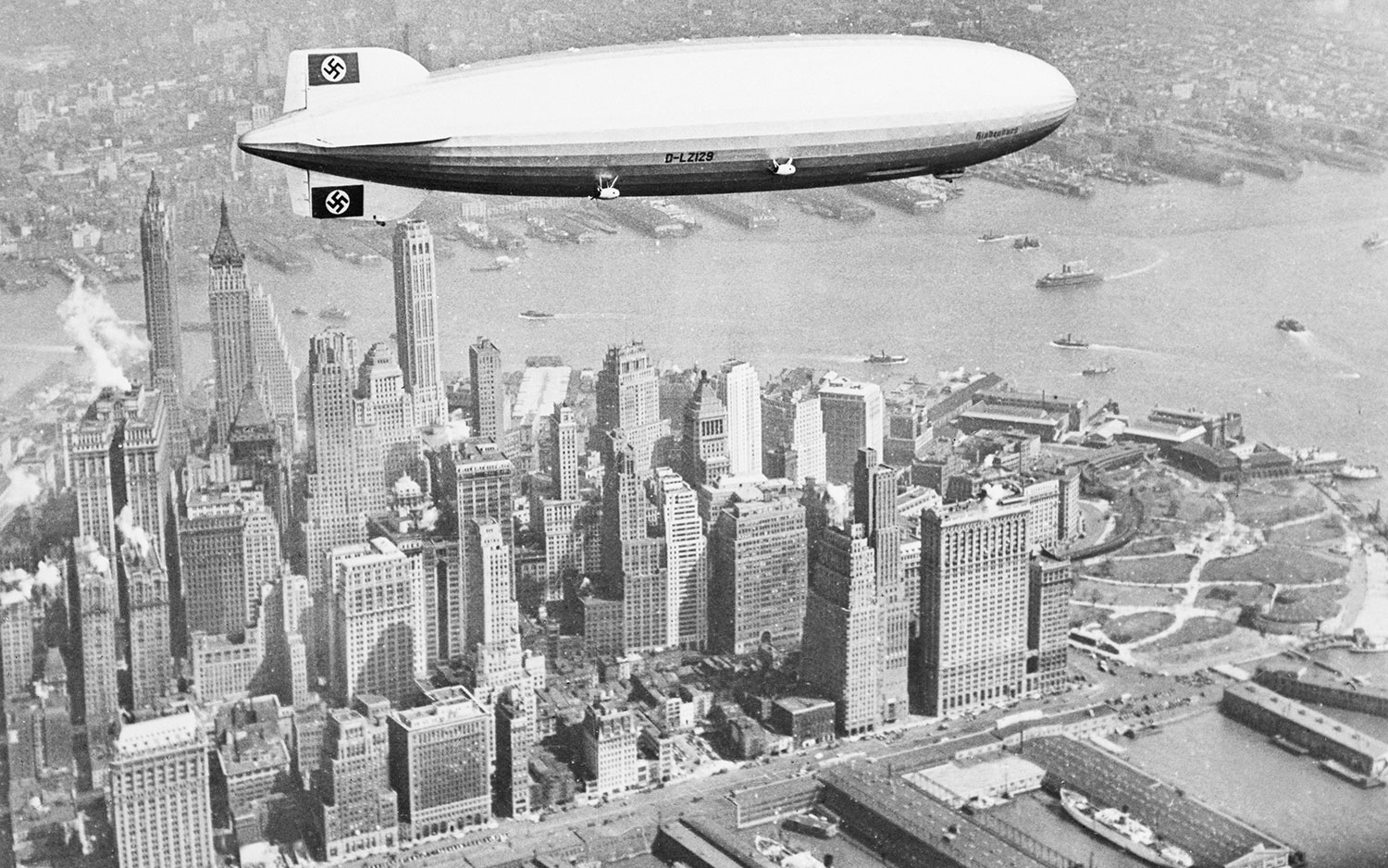
The Hindenburg was the flagship of the German Zeppelin fleet when it made its first flight in 1936.
It was designed to carry up to 72 passengers and up to 61 crew. In its first year of flight, the Hindenburg made 17 round trips across the Atlantic, from Germany to the United States. It was also used for propaganda flights, at the behest of Germany's Nazi government at that time.
Luxury aloft
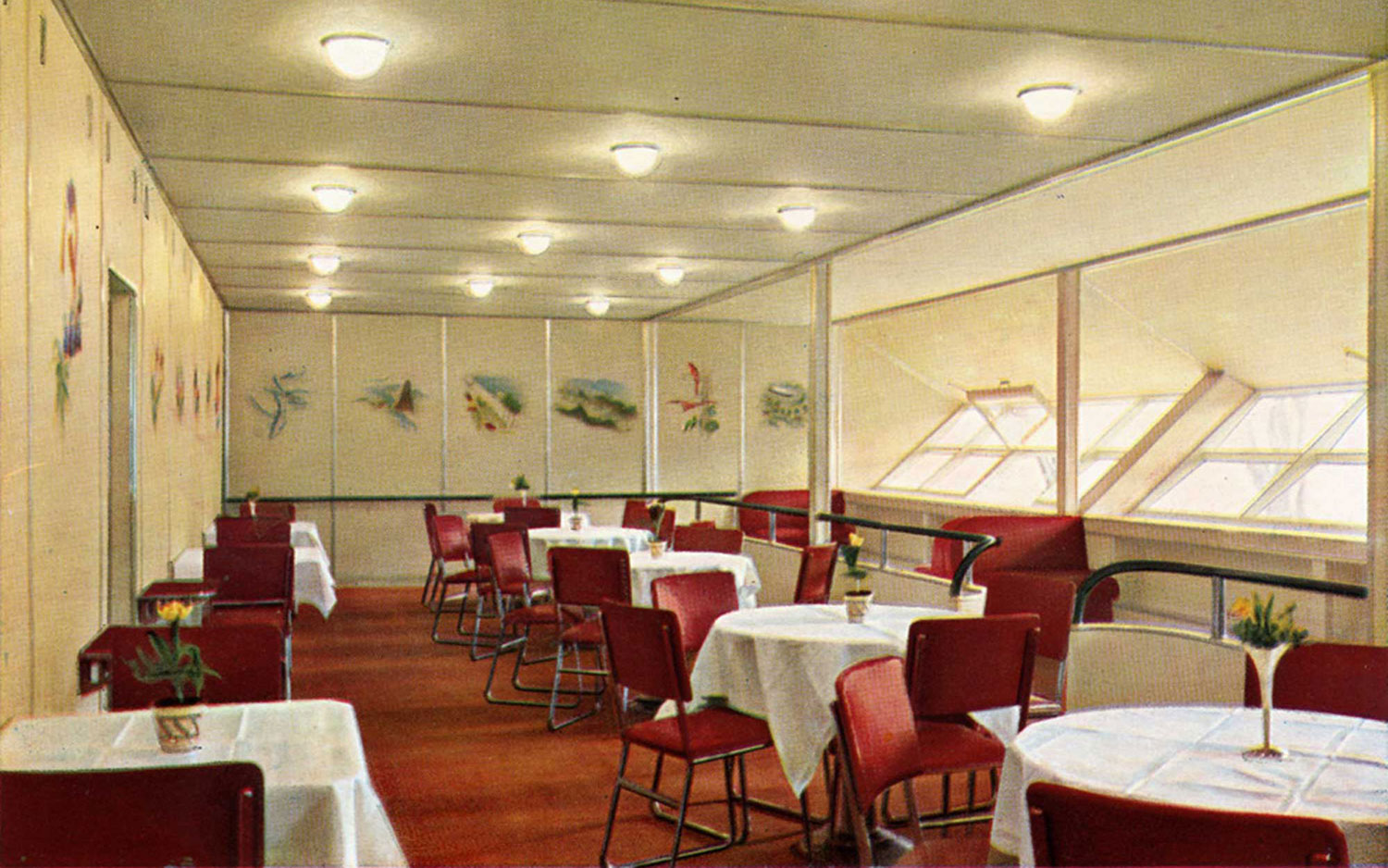
A one-way fare across the Atlantic on the Hindenburg cost $400, a very high price at the time, and its passengers were often wealthy celebrities, leaders of industry and political figures. The passenger quarters included a dining room, a lounge and a writing room, with long windows running the length of two decks.
Tom Metcalfe is a freelance journalist and regular Live Science contributor who is based in London in the United Kingdom. Tom writes mainly about science, space, archaeology, the Earth and the oceans. He has also written for the BBC, NBC News, National Geographic, Scientific American, Air & Space, and many others.


